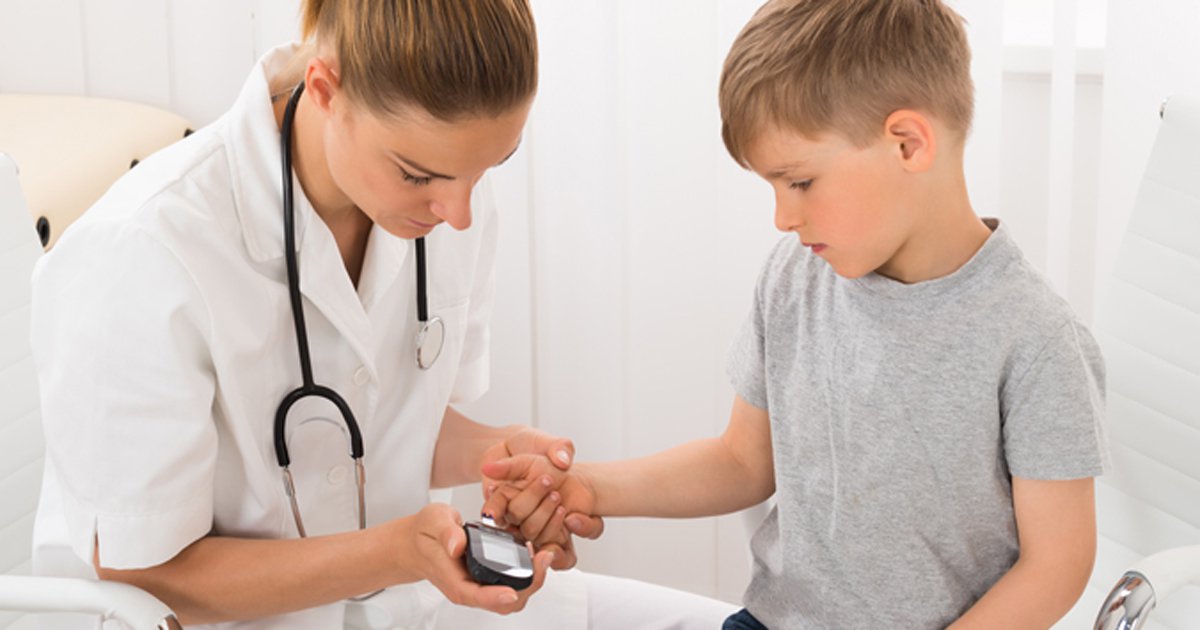High discontinuation rate for artificial pancreas among youths with type 1 diabetes

Approximately half of children and young adults with type 1 diabetes who initiated use of a hybrid closed-loop insulin delivery system, also known as an artificial pancreas, were still using the device in auto mode after 6 months, with 30% of youths discontinuing use of the system altogether, according to findings from a real-world study published in Pediatric Diabetes.
“The Medtronic 670G hybrid closed-loop system has potential to improve glycemic control in youths with type 1 diabetes; however, sustained use of hybrid closed-loop may be a challenge for many youth due to the perceived high workload required,” Cari Berget, RN, MPH, CDE, pediatric artificial pancreas research team manager at the Barbara Davis Center for Diabetes in Aurora, Colorado, told Healio. “As hybrid closed-loop systems continue to evolve, it is important to reduce system burdens to ensure sustainability of hybrid closed-loop use long term.”
In an observational study, Berget and colleagues analyzed data from 92 children and young adults with type 1 diabetes who initiated use of the Medtronic 670G hybrid closed-loop system between September 2017 and May 2018 (mean age, 16 years; 50% females; mean HbA1c, 8.8%). Standard training consisted of 1 to 2 weeks using the 670G system in manual mode, followed by training in use of auto mode and follow-up via phone after starting auto mode. Researchers collected prospective data during manual mode use (up to 14 days before starting auto mode), 1 month after starting auto mode (during a training follow-up call) and during routine clinic visits, occurring approximately every 3 months, during the first 6 months of auto mode use. In auto mode, the system automatically controls basal insulin delivery based on continuous glucose monitoring data, but requires users to enter carbohydrate and blood glucose numbers for boluses. Researchers assessed glycemic variables (sensor time in recommended glucose range, HbA1c) and psychosocial variables (Hypoglycemia Fear Survey; Problem Areas in Diabetes survey). Mixed models were used to analyze changes across time.

Within the cohort, participants used auto mode for 65.5% of the time during month 1, with auto mode use decreasing to 56.2% at 3 months and 51.2% at 6 months (P = .001). CGM use also declined from 80.2% at baseline to 72.4% at 3 months and 68.1% at 6 months (P = .001).
“Ten youth discontinued auto mode within the first 3 months of use,” the researchers wrote. “By 6 months, an additional 18 youth discontinued auto mode, resulting in a total of 28 youth (30% of participants) discontinuing auto mode in the first 6 months of use. Of the 28 youth who discontinued auto mode, 21 also stopped using CGM.”
Sensor time in range increased for the cohort from 50.7% at baseline to 56.9% at 6 months (P = .007). HbA1c decreased from 8.7% at baseline to 8.4% at 6 months (P < .0001), with the greatest HbA1c decline observed among participants with a high baseline HbA1c, according to researchers.
Researchers also found that an increased percent time in auto mode was associated with lower HbA1c (P = .02).
Researchers did not observe changes in psychosocial variables during the observation period.
The researchers noted that the findings present a “mixed picture” of opportunities and challenges for artificial pancreas use among youths, and identified issues for consideration in future studies and clinical practice.
“In our study, 75% of youths who discontinued hybrid closed-loop use also stopped using the CGM, suggesting that CGM use may be the rate limiting factor in ensuring success with hybrid closed-loop therapy,” Berget said. “It is important that clinicians assess individual barriers to CGM use and provide psychosocial and educational support to assist youth in overcoming these barriers to ensure success with hybrid closed-loop therapy.” – by Regina Schaffer
For more information:
Cari Berget, RN, MPH, CDE, can be reached at the Barbara Davis Center for Diabetes, 1775 Aurora Court, Aurora, CO 80045; email: cari.berget@cuanschutz.edu.
Disclosures: The authors report no relevant financial disclosures.

